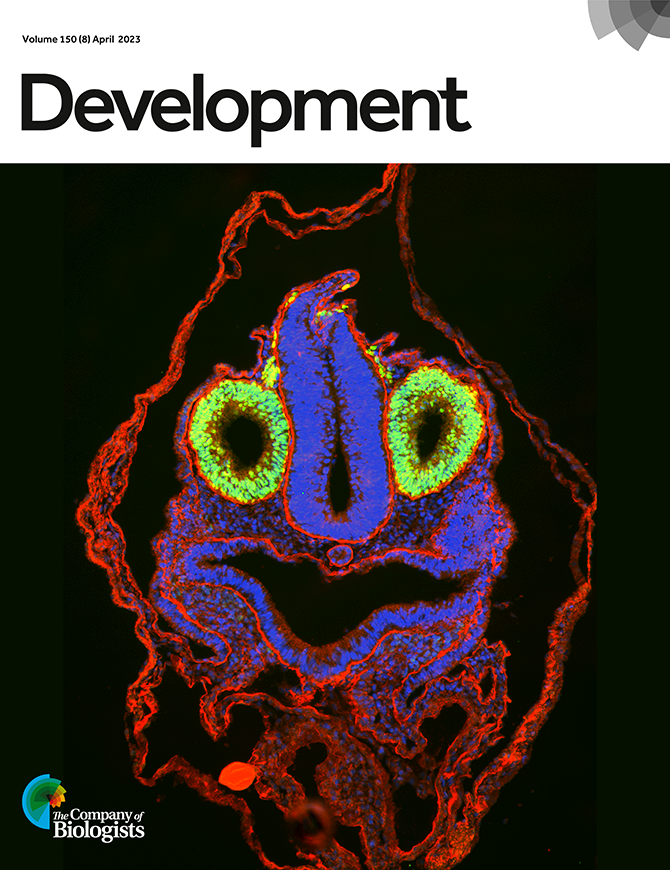The enteric nervous system (ENS) largely arises from the neural crest cells (NCCs) and is responsible for gut motility, but little is known about how the hindgut is innervated during amniote development. Here, we investigate the chemokine CXCL12 and its receptor CXCR4: proteins that have known roles in NCC migration and axon guidance but have not been studied in the context of the gastrointestinal tract. The authors use immunostaining and in situ hybridisation to show that Cxcl12 is expressed in the hindgut, while CXCR4 is expressed in two structures of the ENS: the avian nerve of Remak (NoR) and the pelvic plexus of both chick and human embryos. Grafting experiments reveal that nerve fibres originating from the NoR penetrate the hindgut, and this process can be promoted by application of recombinant CXCL12. Introducing CXCL12-coated beads to the hindguts of chick embryos also promotes the formation of thicker NoR neurites. By contrast, the length and thickness of the NoR neurites is reduced in the presence of a CXCR4 signalling inhibitor. Together, these findings suggest a role for CXCL12 as a chemoattractant, directing neurites expressing CXCR4 to the hindgut during the extrinsic innervation process.

Cover: Transverse section through the hindbrain level of an E2 chick embryo immunostained for laminin and SOX10. SOX10 is expressed by vagal neural crest cells and neuroepithelial cells forming the otic vesicles. Cell nuclei were stained with DAPI (blue).
See Research article by Halasy et al. (dev201289).